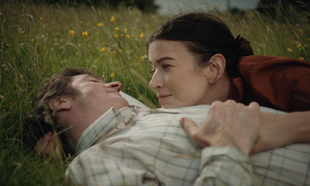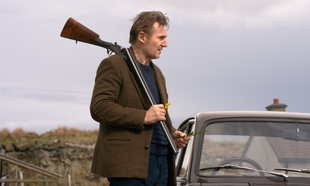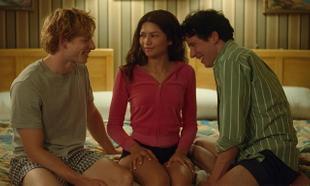A new Bruno Dumont film doesn't fill one with excitement, seeing as his last three – Flanders, Hadewijch and Hors Satan – were exercises in pushing the limits monotony. However, while Camille Claudel 1915 exhibits all those endless moments of reflection that's synonymous with a Dumont film it does remain one of his most accessible in some time.
Binoche plays Camille Claudel, the French sculptress and one time lover of Rodin who was committed to a mental institution by her family worried about her 'erratic' behaviour. She spends her days fretting over what's to happen of her work, her studio, and when, if ever, she's going to get out. As the days pass in the run up to a visit from her pious brother Paul (Vincent), the only one with power to release her, Camille struggles to keep her frustrations to herself…
Dumont, who pulls together a story from Camille and Paul's letters to one another, is deliberately oblique as to why Claudel was committed in the first place; she talks of her family taking offence to her 'living alone', while one of Paul's letters raise the lack of responsibility of an artist, and maybe, just maybe, to an abortion Camille may have had. The writer-director uses the situation as an allegory of society's systematic oppression of women. There's the removal of anything that brings her joy; her fight for the right to cook for herself/self-determination; and she watches a director of a play micro manage her actors. Despite the smiles and kindness of the nuns, there's an air of powerlessness that's suffocating.
Dumont's trademark dreariness is evident again but those long periods of inactivity can be explained away this time by the austerity of institutionalised life (Dumont actually used real patients), and the tedium makes the sporadic outbursts of emotion all the more powerful. Plus, there's always something going on in Binoche’s eyes – she might be sitting quietly in the yard but the rage and frustration, feelings that she must hide lest it hinder the possibility of her release, rattles her mind. It's a wonderful performance.
The downtime also allows one to perfect one's Mark Cousins impression, if one was so inclined: 'Notice Dumont's framing places Binoche between the pillar in the foreground and the door in the background, constricting the space around her. She's in a prison within a prison. There's no escape.'










































































